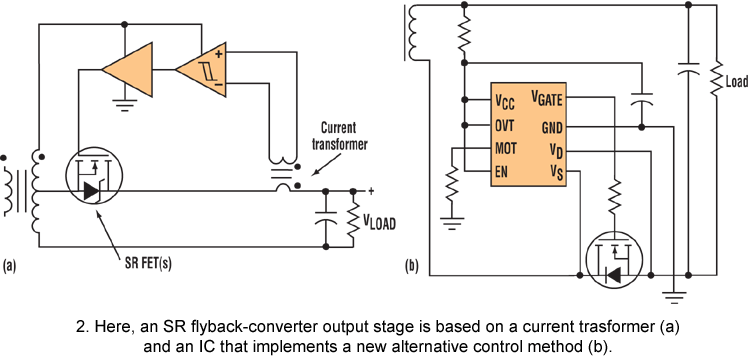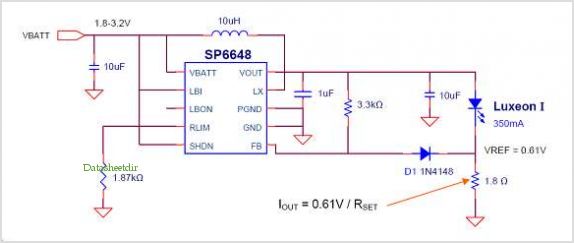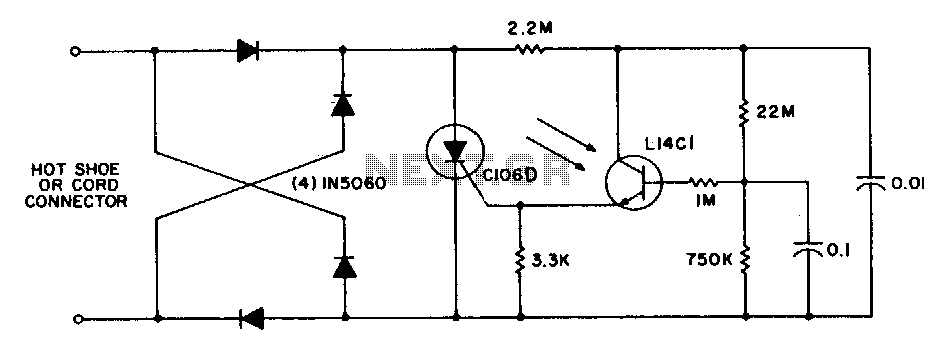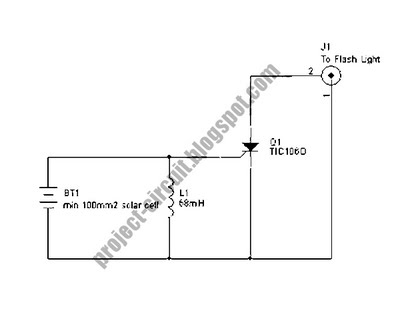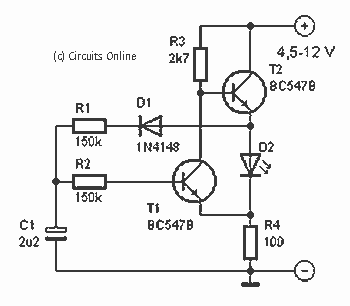
AT89C51-12PI AT89C51 80C31 Microcontroller With 4K Bytes Flash Use AT89S51
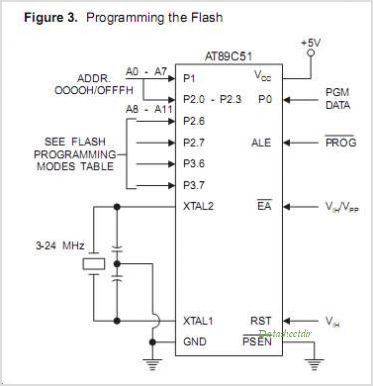
The ATA5423, ATA5425, ATA5428, and ATA5429 are highly integrated UHF ASK/FSK multi-channel half-duplex transceivers characterized by low power consumption. These devices are housed in a compact 7 x 7 mm QFN48 package. The receiving section features a fully integrated low-IF receiver, while FSK transmission employs direct PLL modulation via a fractional-N synthesizer. Additionally, the power amplifier is switched for ASK transmission. This product is developed by ATMEL Corporation.
The ATA5423, ATA5425, ATA5428, and ATA5429 transceivers are designed for various applications requiring efficient wireless communication in the UHF band. Their half-duplex operation allows for effective two-way communication while minimizing power consumption, making them suitable for battery-operated devices. The compact QFN48 package facilitates integration into space-constrained designs, which is critical in modern electronic applications.
The low-IF receiver architecture is advantageous for its immunity to high-frequency noise and its ability to provide excellent sensitivity. This feature is particularly beneficial in environments with significant interference. The use of a fractional-N synthesizer for FSK transmission enhances the frequency stability and accuracy, which are vital for reliable data communication.
In terms of power management, the transceivers are designed to switch the power amplifier efficiently during ASK transmission, which not only conserves energy but also extends the operational lifetime of battery-powered devices. The flexibility of multi-channel operation allows for simultaneous communication across different channels, enabling more complex networking scenarios.
Overall, the ATA5423, ATA5425, ATA5428, and ATA5429 transceivers represent a sophisticated solution for low-power wireless communication, combining advanced modulation techniques, compact packaging, and robust performance to meet the demands of modern electronic systems.The ATA5423 ATA5425 ATA5428 ATA5429 is a highly integrated UHF ASK/FSK multi-channel half-duplex trans- ceiver with low power consumption supplied in a small 7 x 7 mm QFN48 package. The receive part is built as a fully integrated low-IF receiver, whereas direct PLL modulation with the frac- tional-N synthesizer is used for FSK transmission and swi
tching of the power Amplifier for ASK transmission. By ATMEL Corporation 🔗 External reference
The ATA5423, ATA5425, ATA5428, and ATA5429 transceivers are designed for various applications requiring efficient wireless communication in the UHF band. Their half-duplex operation allows for effective two-way communication while minimizing power consumption, making them suitable for battery-operated devices. The compact QFN48 package facilitates integration into space-constrained designs, which is critical in modern electronic applications.
The low-IF receiver architecture is advantageous for its immunity to high-frequency noise and its ability to provide excellent sensitivity. This feature is particularly beneficial in environments with significant interference. The use of a fractional-N synthesizer for FSK transmission enhances the frequency stability and accuracy, which are vital for reliable data communication.
In terms of power management, the transceivers are designed to switch the power amplifier efficiently during ASK transmission, which not only conserves energy but also extends the operational lifetime of battery-powered devices. The flexibility of multi-channel operation allows for simultaneous communication across different channels, enabling more complex networking scenarios.
Overall, the ATA5423, ATA5425, ATA5428, and ATA5429 transceivers represent a sophisticated solution for low-power wireless communication, combining advanced modulation techniques, compact packaging, and robust performance to meet the demands of modern electronic systems.The ATA5423 ATA5425 ATA5428 ATA5429 is a highly integrated UHF ASK/FSK multi-channel half-duplex trans- ceiver with low power consumption supplied in a small 7 x 7 mm QFN48 package. The receive part is built as a fully integrated low-IF receiver, whereas direct PLL modulation with the frac- tional-N synthesizer is used for FSK transmission and swi
tching of the power Amplifier for ASK transmission. By ATMEL Corporation 🔗 External reference
